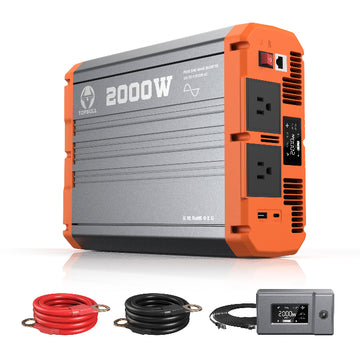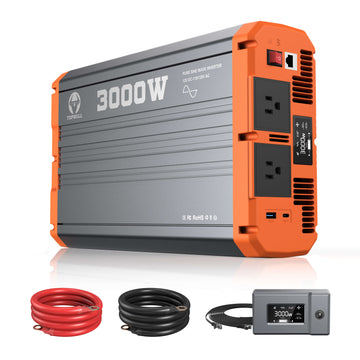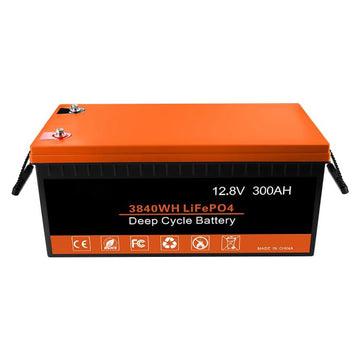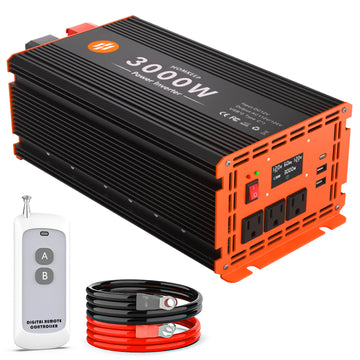In an off-grid system, the solar battery bank is the main source of energy. Choosing the right size solar battery bank ensures that the system can generate enough power to meet daily needs when there is sufficient light, and that the bank can store enough energy for use on cloudy or rainy days or at night. A solar battery bank that is too large or too small can result in inefficiency or insufficient energy, so choosing the right size is critical.
Solar battery bank calculator online tool helps users to enter information such as power requirement, voltage, number of consecutive cloudy days, depth of discharge and then calculates the required solar battery bank capacity.







